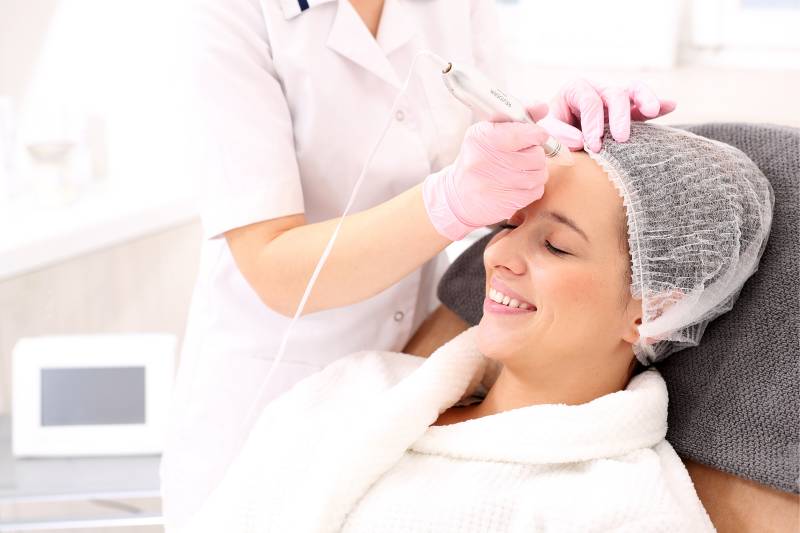Introduction to Skincare Treatments
Skincare Treatments encompass a wide range of procedures and products aimed at enhancing skin health and appearance. From daily skincare routines to professional interventions such as chemical peels or laser therapies, individuals seek various solutions to address concerns like aging, acne, hyperpigmentation, and more.
Importance of Long-Term Cost Evaluation
While immediate results and aesthetic improvements are tempting, it's essential to consider the long-term financial commitment involved. Skincare treatments often require consistent maintenance, follow-up appointments, and product replenishments, which can add up over time.
Factors Influencing Skincare Treatment Costs
Treatment Type and Complexity
The complexity and nature of the treatment significantly impact its cost. Basic skincare products may have a lower initial price but can accumulate expenses over months or years. On the other hand, advanced procedures like microdermabrasion or injectables command higher fees upfront but may offer longer-lasting results.
Provider Reputation and Expertise
The reputation and expertise of skin care professionals also influence costs. Experienced dermatologists or estheticians with a track record of successful outcomes may charge premium rates for their services.
Geographic Location
Geographic location plays a role in pricing due to varying overhead costs and market demands. Urban areas or regions with a high cost of living generally have higher skincare treatment fees compared to rural areas.
Comparing Treatment Options: Cost vs. Effectiveness
Topical Products vs. Professional Procedures
Consumers often debate between over-the-counter skincare products and professional treatments. While topical products are accessible and affordable, they may yield gradual results. In contrast, professional procedures offer more immediate transformations but at a higher initial cost.
Invasive vs. Non-Invasive Treatments
Another consideration is the invasiveness of the treatment. Non-invasive procedures like laser therapy or microcurrent facials are typically less expensive and require minimal downtime compared to invasive surgeries such as facelifts or liposuction.
Budgeting Strategies for Skincare Treatments
Setting Realistic Financial Goals
Before embarking on a skincare journey, individuals should assess their budgetary constraints and set realistic financial goals. This includes factoring in ongoing expenses for maintenance and follow-up appointments.
Exploring Payment Options and Insurance Coverage
Some skincare treatments may qualify for insurance coverage, especially if they are medically necessary. It's advisable to explore payment options such as installment plans or health savings accounts to manage costs effectively.
Long-Term Benefits of Investing in Skincare Treatments
Beyond the financial aspect, investing in skincare treatments offers numerous long-term benefits. Improved skin health not only enhances physical appearance but also contributes to overall well-being, confidence, and self-esteem.
Case Studies: Cost Breakdown and ROI Analysis
To illustrate the financial impact of skincare treatments, consider hypothetical case studies showcasing cost breakdowns, return on investment (ROI), and comparative analyses of different treatment modalities.
Expert Recommendations for Sustainable Skincare Regimens
Experts recommend adopting a holistic approach to skincare that balances effectiveness, affordability, and sustainability. This includes personalized treatment plans, consistent follow-ups, and incorporating lifestyle factors like nutrition and stress management.
Conclusion: Balancing Beauty and Budget
In conclusion, investing in beauty through Skincare Treatments Cost in Riyadh requires careful consideration of both short-term expenses and long-term commitments. By evaluating costs, exploring options, and prioritizing overall wellness, individuals can achieve radiant skin without compromising financial stability.






Comments